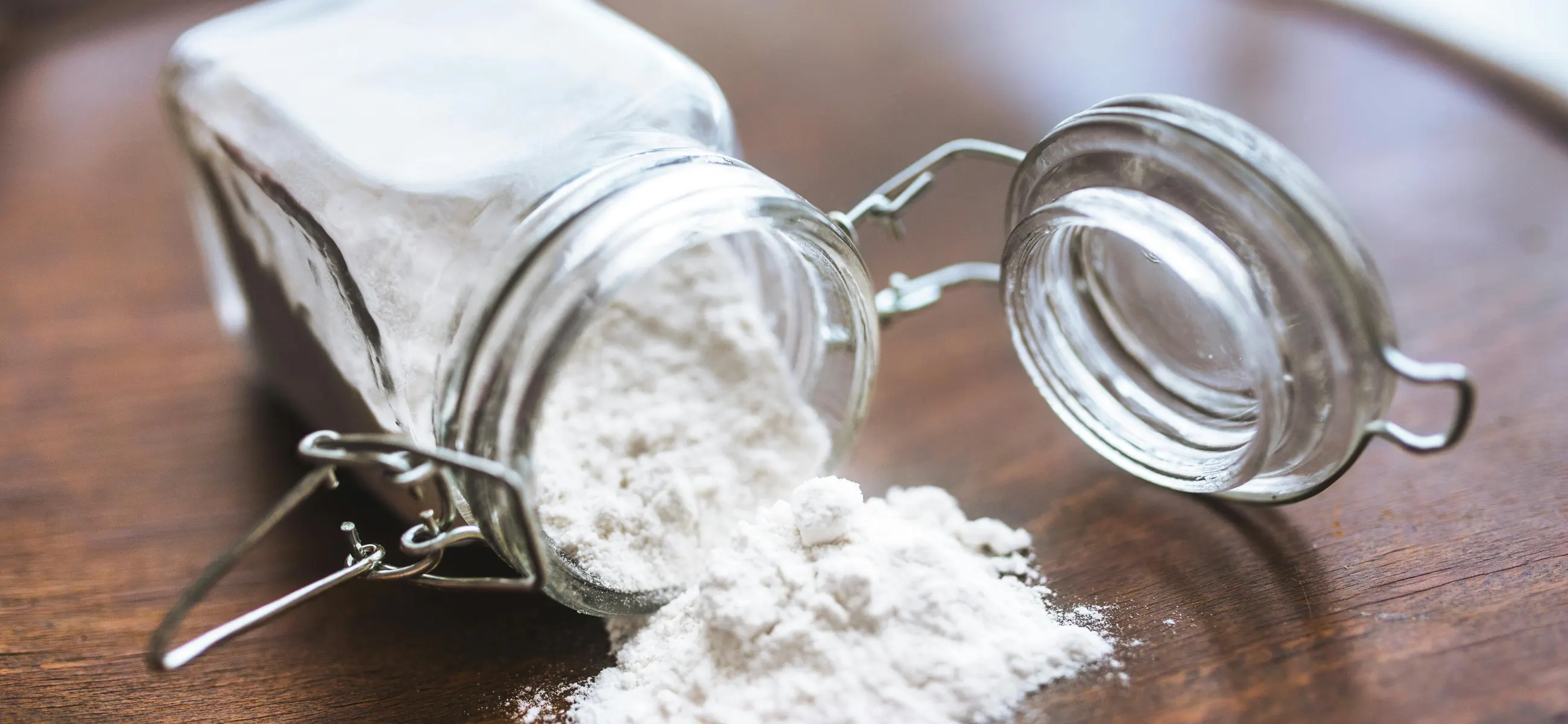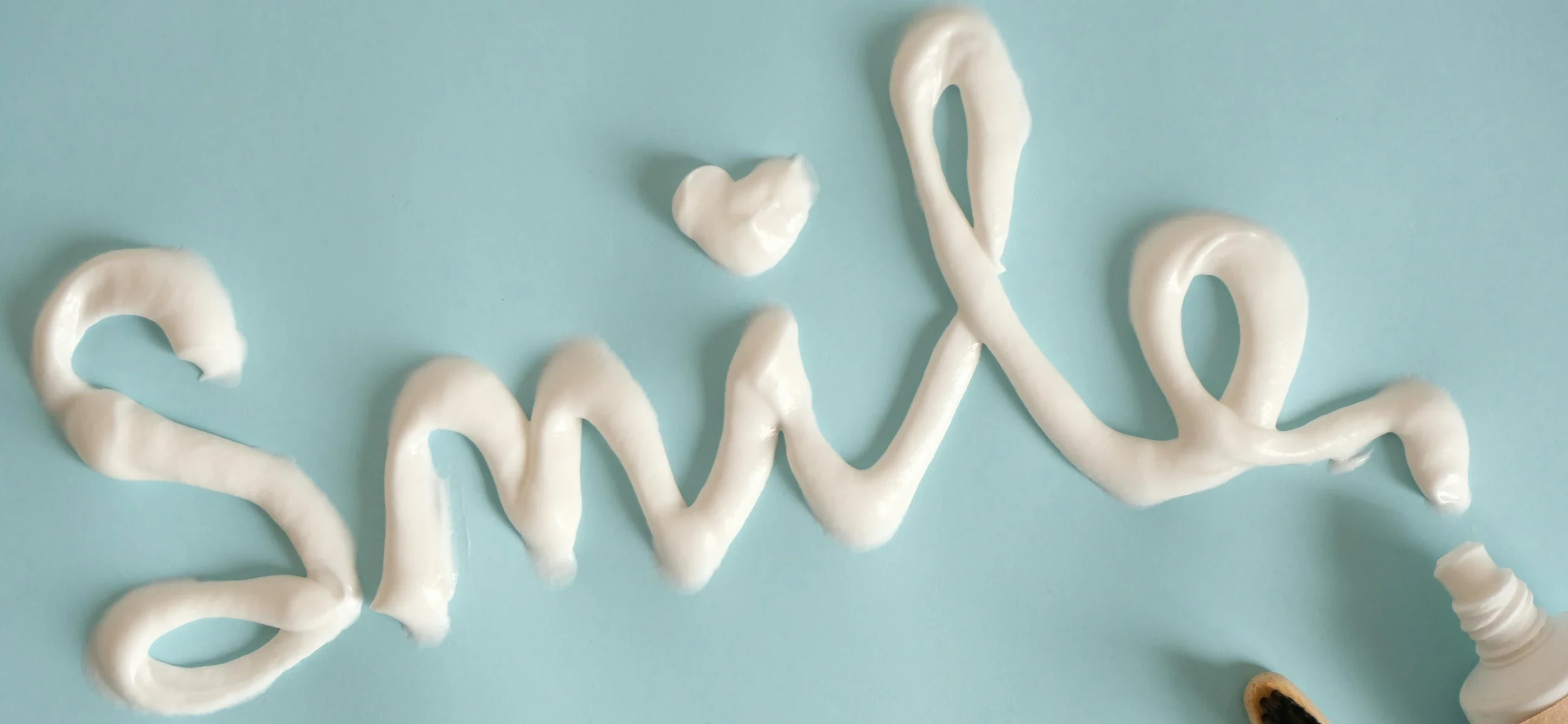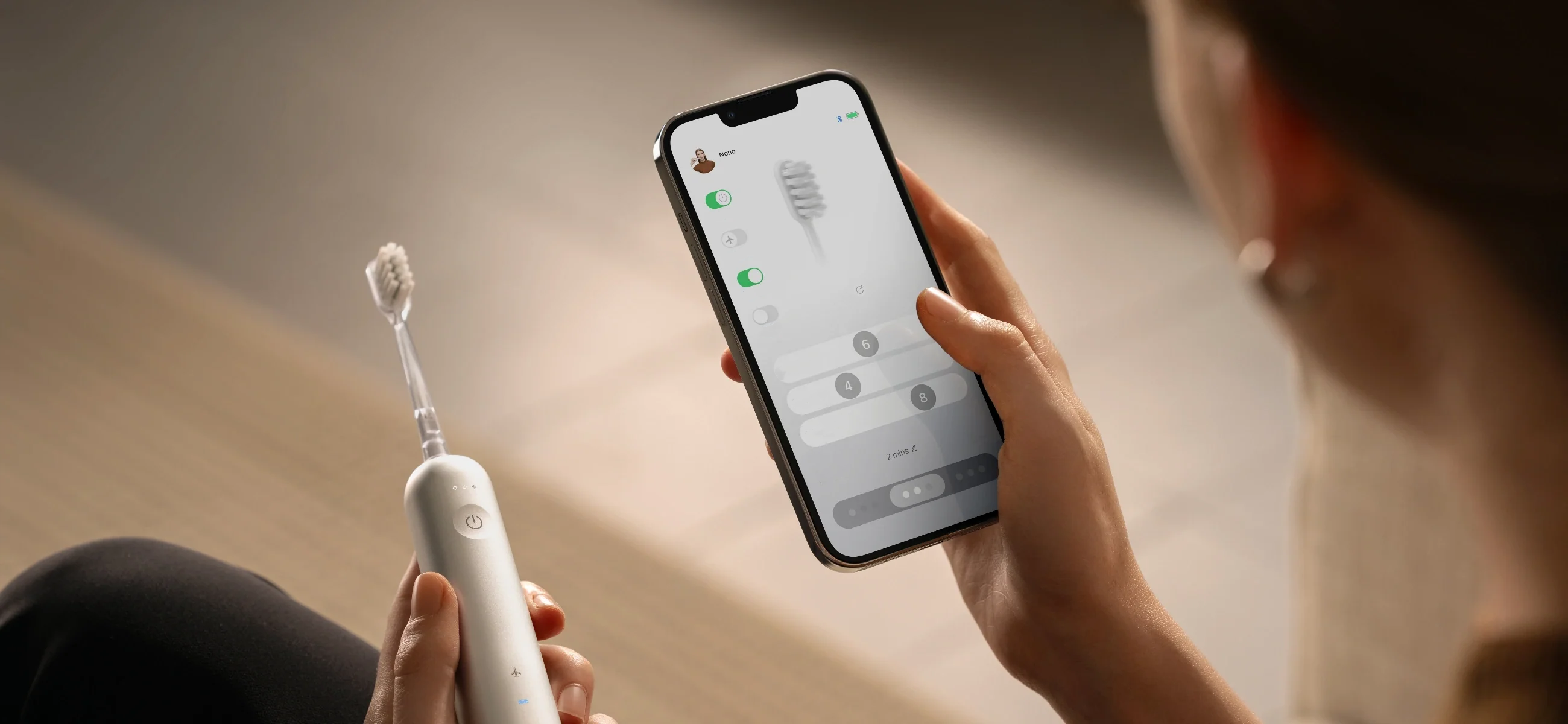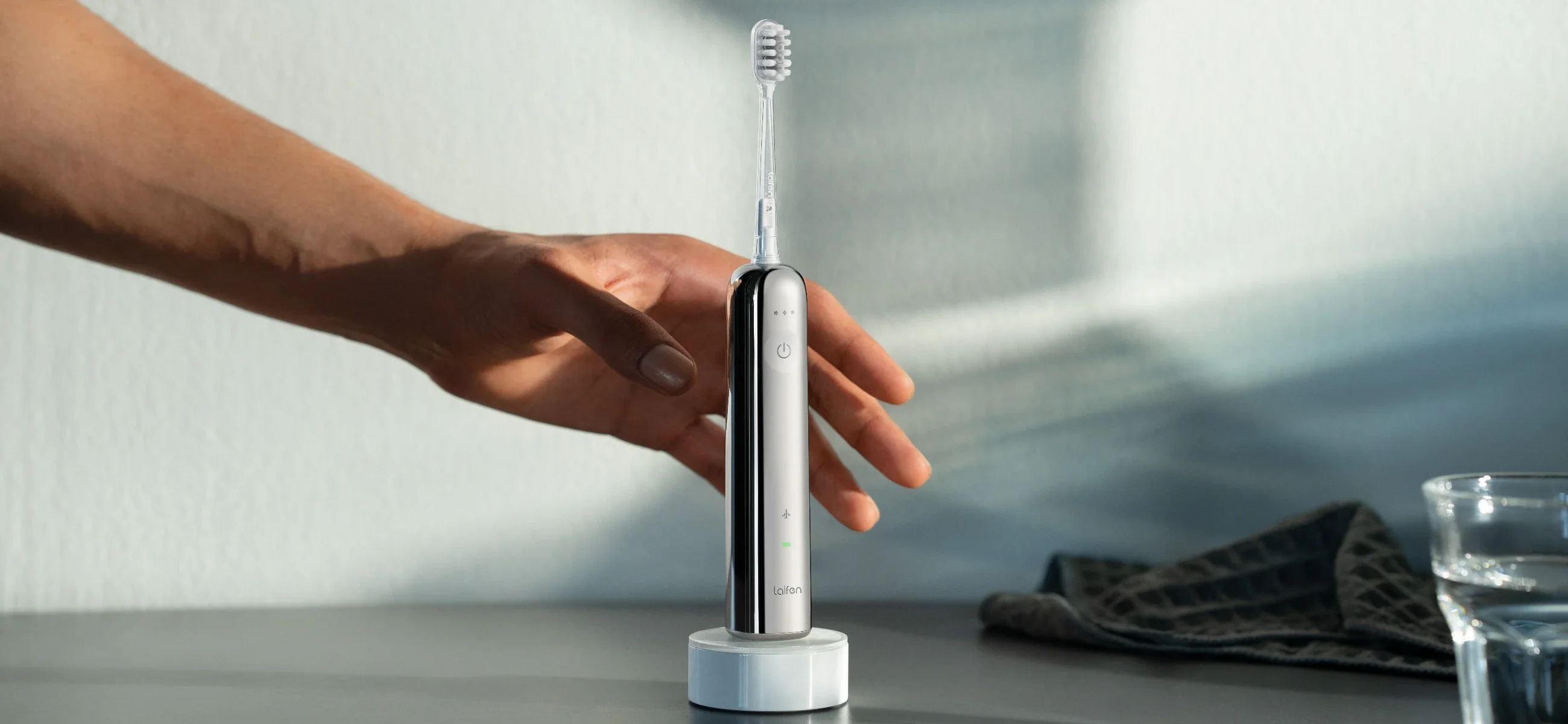“Can you use baking soda for brushing teeth?“
Let’s explore science behind this household ingredient and its surprising pros and potential cons.
Before reading, you can test your knowledge with quizzes of baking soda.
Now, have you prepare to be amazed by the power of a simple pantry staple!
Don’t forget to find the answers at the bottom place.
| Quizzes |
| 1. True or false: Baking soda can help whiten teeth naturally. |
| 2. What is the main advantage of using baking soda for brushing teeth? |
| 3. How often should you use baking soda? |
| 4. What is the drawback of using baking soda? |
| 5. What other household ingredient can be combined with baking soda? |
Is brushing teeth with baking soda safe and effective?
Studies show that baking soda can remove plaque and surface stains from teeth quickly. According to a study published in the Journal of Clinical Dentistry, toothpaste containing baking soda was more effective in stain removal compared to non-baking soda toothpaste.
While baking soda is considered safe for dental use, you should use it in moderation. Overuse can lead to enamel erosion and increased tooth sensitivity. Research suggests that brushing with baking soda no more than 2-3 times a week can help mitigate these risks.
A survey conducted by the American Dental Association found that many users reported satisfaction with the whitening effects of baking soda toothpaste. As for the reasons, some find the taste to be unpleasant, while others doubt its effectiveness.
Does baking soda benefit tooth brushing?
Yes, indeed, baking soda does offer several benefits for tooth brushing:
- Help remove surface stains from teeth.
- Break down plaque.
- Neutralize acids in the mouth, which can contribute to tooth decay.
- Neutralize odors makes it a good choice for combating bad breath.
- A budget-friendly alternative to commercial toothpaste.
Disadvantages of baking soda
1. It can be abrasive when used in high concentrations or with vigorous brushing. Over time, this abrasiveness may wear down tooth enamel.
2. Using baking soda too frequently or in excessive amounts can cause enamel erosion, which weakens the protective layer of the teeth.
3. Unlike many commercial toothpaste brands, baking soda does not contain fluoride, a mineral essential for strengthening tooth enamel and preventing cavities. Therefore, relying solely on baking soda for oral care may not provide adequate protection against tooth decay.
4. Some people may find the taste of baking soda unpleasant or gritty, which can make it less enjoyable to use for brushing.
5. Individuals with certain dental conditions, such as severe enamel erosion, gum disease, or sensitive teeth, may not be suitable candidates for using it.
Baking soda dental products overview
Baking soda has been a popular ingredient in dental products for its various benefits. Here’s an overview of some common baking soda dental products:
1. Toothpaste
Baking soda toothpaste is available and is often marketed for its whitening and stain-removing properties. It combines baking soda with fluoride and other ingredients to provide comprehensive oral care. Learn how to choose a good toothpaste and tootbrush.
2. Toothpowder
Toothpowder is a dry, powdered alternative to traditional toothpaste. Baking soda toothpowders often contain other natural ingredients like calcium carbonate, essential oils, and herbs for added benefits.
3. Mouthwash
Baking soda mouthwash is designed to freshen breath, neutralize acids in the mouth, and promote a healthy oral environment. Some formulations may also contain antibacterial agents for additional plaque-fighting power.
4. Tooth whitening kits
It is a common ingredient in at-home tooth whitening kits. These kits include trays or strips coated with a baking soda-based gel that helps lift surface stains and brighten teeth.
5. Toothbrushes
Some toothbrushes are infused with baking soda bristles or come with baking soda-containing dentifrice to enhance cleaning.
6. Dental floss
Dental floss may be coated with baking soda or infused with baking soda particles to help clean between teeth and along the gumline.
Best practices for using baking soda in your routine
In the last part, let’s learn how to use baking soda for brushing teeth.
Addi g baking soda into your oral care routine can be beneficial. But it’s advisable to limit baking soda usage to a few times per week and to brush gently to avoid damaging tooth enamel.
To maximize the effectiveness, you need to do proper mixing and application. You can first create a paste by mixing baking soda with water and apply it to your toothbrush. Circular motions during brushing will help distribute the baking soda evenly across your teeth. After brushing, rinse with water to remove any remaining baking soda particles.
Remember that baking soda should complement, not replace, your regular toothpaste. Alternating between baking soda and fluoride toothpaste keeps that you receive the benefits of both ingredients.
Answers
A1: True. It can help whiten teeth naturally due to its mild abrasive properties.
A2: The main advantage is its ability to remove plaque and surface stains.
A3: Use it no more than 2-3 times per week to prevent tooth sensitivity.
A4: Is abrasiveness. Overuse or vigorous brushing with baking soda can lead to enamel erosion and potential damage to the gums.
A5: Others include vinegar, hydrogen peroxide, coconut oil, lemon juice, salt, olive oil, honey, and aloe vera gel.





